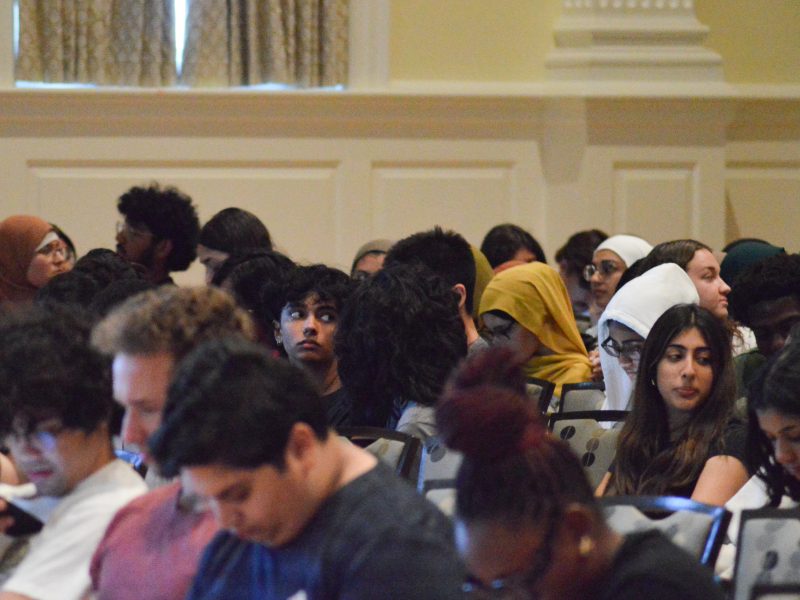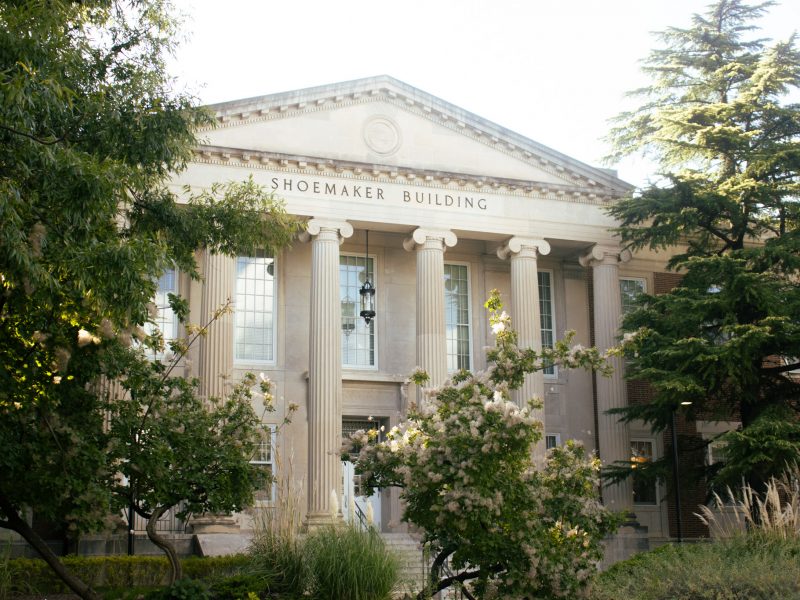The University of Maryland SGA passed a bill Wednesday night allocating $5,000 to a campus black history tour app, but campus researchers are already nearly finished their own online tour.
The bill, which passed 22-3, said, “Dr. Kim Nickerson from the College of Behavioral and Social Sciences has completed a project documenting the contributions of African Americans to the University of Maryland.”
Nickerson, the behavioral and social sciences college’s assistant dean and diversity officer, has collected research about the contributions of black people to the campus, and he has since turned his work over to the Office of Diversity and Inclusion to develop a guided walking tour on the office’s website. He said he has not been working with the Student Government Administration or the Office of Student Affairs.
[Read more: After UMD hate bias incidents, the SGA wants to create a campus black history tour]
The mobile-friendly tour website is “90 percent complete,” Nickerson said.
“We’ve agreed on the content, we’ve agreed on the location of the sites … They have the software in place, they’ve shown sort of a beta version of it, we’re just tweaking the language,” Nickerson said. “The reason we’re raising [questions] is not to thwart SGA’s effort to do the app, but to avoid unnecessary duplications. … Why would they want to spend SGA money to do something that the university has already put on the website, that’s also mobile-friendly?”
The ODI’s website said its black history tour will launch in February, but this project is not yet online.
Nickerson said his tour highlights about 20 sites and buildings named after influential black leaders, like the Parren J. Mitchell Art-Sociology building and the Mitchell Building — named after two brothers.
Parren Mitchell was the first black graduate student admitted to this university. He earned his master’s degree in sociology in 1952. Mitchell would go on to become a U.S. congressman.
His brother Clarence, after whom the Mitchell Building is named, was the chief lobbyist for the NAACP.
The tour also takes students through Stamp Student Union, where they can see photographs of the first black university chancellor — John Slaughter — and to the nearby Nyumburu Cultural Center.
[Read more: SGA wants student veterans to have priority class registration at UMD]
Nana Brantuo, a graduate student who works with the ODI, said she has been working with Nickerson on the project since August 2017, and is planning to test the beta version by walking around the campus for a trial next week.
Nickerson said his presentation contains stories about impacts members of the black community have had at this university before it was the Maryland Agricultural College. Nickerson said understanding and embracing this history could help minorities feel a sense of belonging at this university.
The SGA began its push for a black history tour in the fall, and will continue its project, bill sponsor Taylor Green said. SGA President AJ Pruitt said Nickerson’s walking tour and the SGA’s virtual tour app could complement each other. The SGA will also conduct its own research to possibly incorporate more cultures into its tour, Green said, such as Latinx and Native American contributions.
“Our plan was to start with the black tour and move from there,” said Green, a sophomore enrolled in letters and sciences. “But if he has his own, then we’re like, ‘OK, we’re going to start trying to combine different [cultures].”



